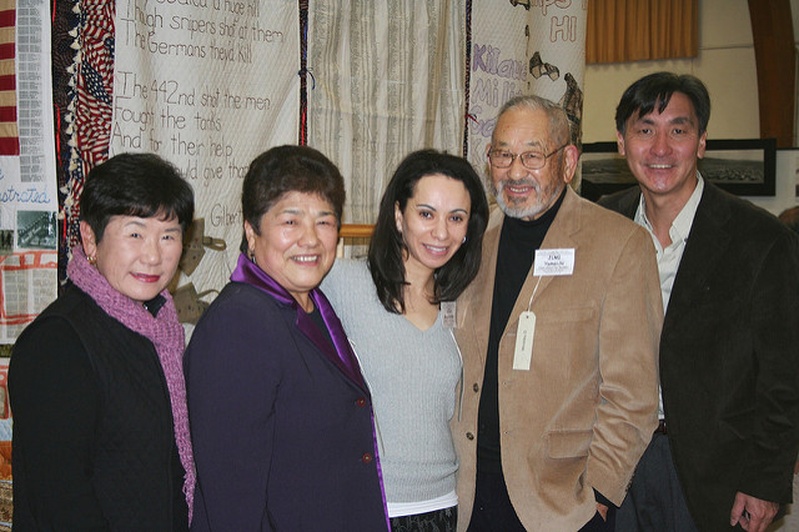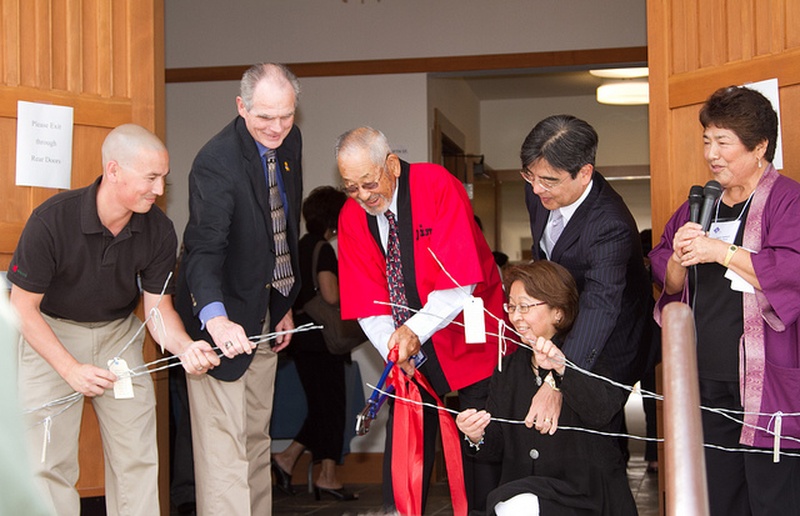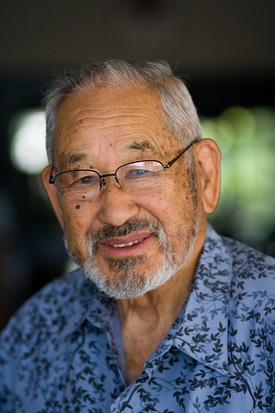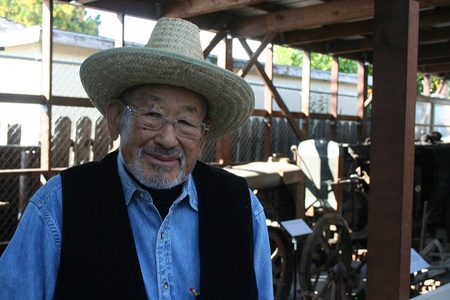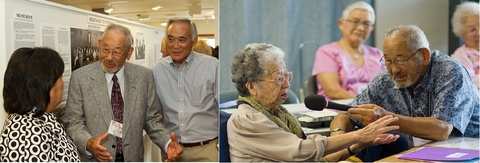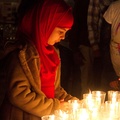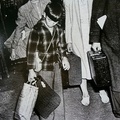The day after I heard that Jimi Yamaichi passed away, I didn’t know what to do with myself. I felt a deep sorrow and emptiness. I viewed Jimi as a great mentor, a role model, an inspiration, and a friend.
Although I did not sign up to be a docent at Japanese Americam Museum of San Jose (JAMsj) on that day, I felt that it would be better for me if I came into the Museum that afternoon. I had hoped to find solace with others who knew Jimi, but I also desperately wanted to remain connected with Jimi’s presence. Jimi put his entire heart and soul into the Museum and I can still feel his boundless energy, optimism, dreams, and passion in that space.
Jimi’s relentless drive and determination are well-known by those who know him. We all have our Jimi stories on this topic. I remember one time when we were working at the Museum construction site when I found him lying face down by the quonset huts. He insisted that he was fine and that he “would get up in a few minutes after resting.” I performed a first-aid inspection on him and asked if he could feel me touching his arms and legs. He said that he didn’t and I immediately called for an ambulance. This was just several days before he was to lead tours at the Tule Lake Pilgrimage. I called a friend of mine who was on the Pilgrimage planning committee and told her that Jimi would unfortunately not be attending because of his hospitalization. To my great surprise, Jimi still attended the event, leading tours and giving presentations with two black eyes!
Jimi was a very caring person. This is also true about his wife, Eiko, and the rest of the Yamaichi family. Since Jimi’s passing, I have heard numerous stories about how Jimi and Eiko took people under their wing, especially those that lost loved ones or individuals who were new to the community.
I remember when I first met Jimi at my first Tule Lake Pilgrimage. I was new in the community and I didn’t know anybody as I sat by myself in the auditorium. Jimi came by and sat next to me. He immediately struck up a conversation and gave me some historical items that he had collected. Jimi made me feel very special. Jimi did that with everyone.

I asked Jimi many questions about the Tule Lake concentration camp, the “No-No Boys,” renunciation, resistance, and dissent in the camps. Those are difficult issues that I still struggle with today. My family’s past actions do not fall into the overpowering, inspirational, and often repeated narrative of Japanese Americans who overcame their unjust incarceration through their great military valor, heroism, and patriotism. I had nobody who could explain at a deeply personal level why someone would take these controversial positions as my relatives were deceased, suffering from dementia, or were extremely reticent to talk about their past actions.
Jimi understood my conflict. He thoughtfully explained to me the tortuous personal journey that he took in protesting his confinement. To my surprise, he later told me that he stood with my uncle in a Eureka courtroom where the Tule Lake resisters told the judge their side of the story. Through these conversations with Jimi, I began to understand that Jimi, my family and other dissidents did not hate this country and were not cowards, as some have called them. They simply wanted this country to uphold its very values, beliefs, and laws under the Constitution.
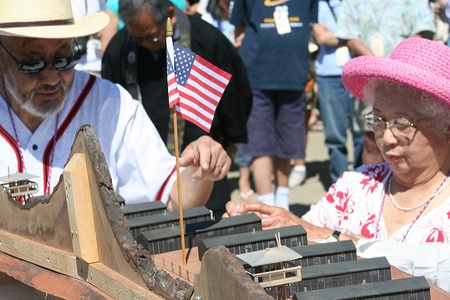
One of my last memories of Jimi was at this year’s Day of Remembrance program, an event that I help organize every year. I came to his home the day before the event to pick up the beautiful candle lighting display that he created for the ceremony that honors Japanese Americans who were incarcerated during World War II. Jimi had just come home from the hospital after an illness. I told him that it would be better if he didn’t come to the event so he could fully recuperate. The next evening, I was shocked to see Jimi at the event. Somehow he willed his frail body to attend the program. His son, George, told me that Jimi felt that the event was very important to him and he insisted that George drive him to the event. I realize how physically strenuous it was for Jimi to make — what I now know– his final trip to the event. That really means a lot to me.
On the day after his passing, it was somewhat difficult for me to give museum tours that day since I always have several Jimi stories that I incorporate into my narrative. I had to pause or slow down a bit after I became a bit emotional. I still get teary-eyed as I tell those stories but I also know that Jimi’s spirit, vision, and dreams live on here at the Museum, in San Jose Japantown, at Tule Lake, and most importantly, within all of us.
* This article was originally published on the JAMsj Blog on June 2, 2018.
© 2018 Japanese American Museum of San Jose / Will Kaku



